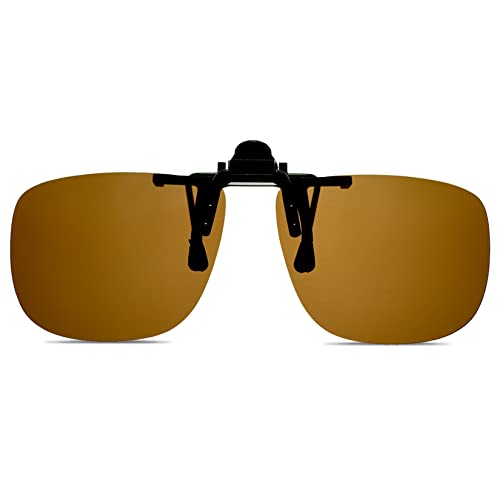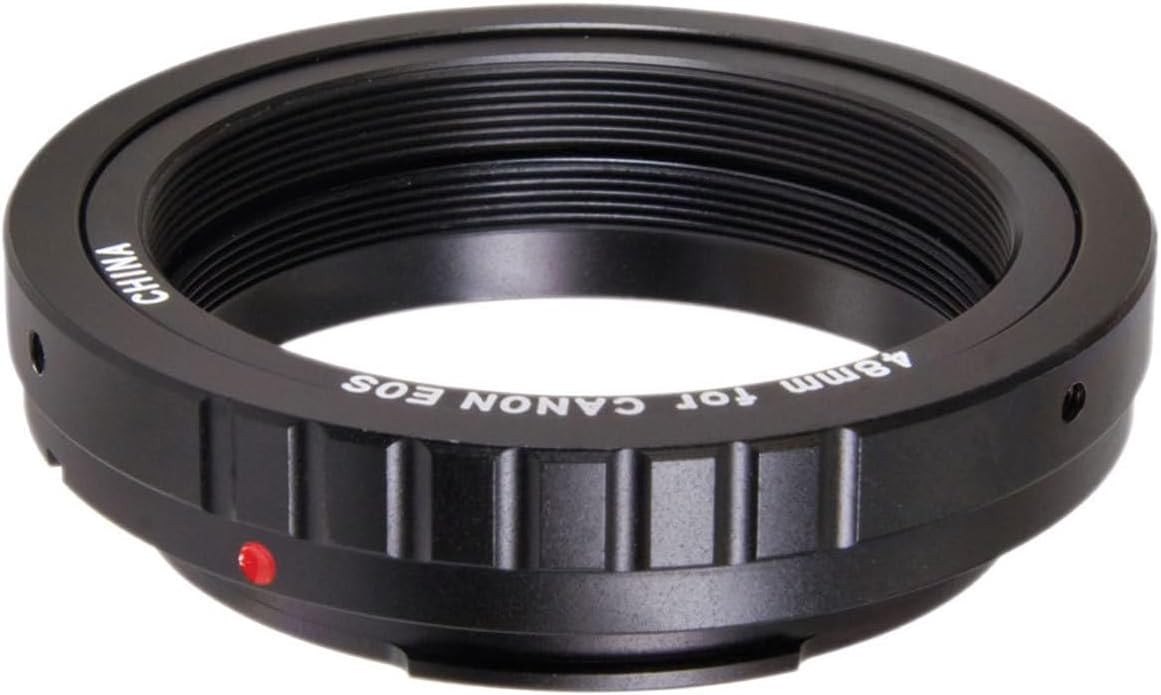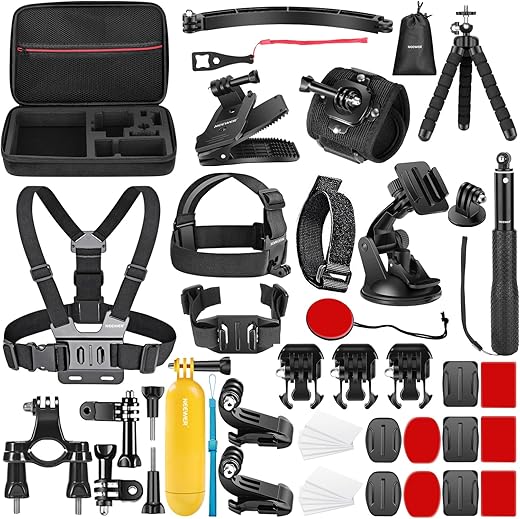
How to care for the lenses of waterproof sunglasses?
We understand how much you value your waterproof sunglasses and want them to last. That’s why we have created a step-by-step guide to help you care for the lenses and keep them in top condition. By following these instructions, you can ensure the longevity and performance of your sunglasses, so you can enjoy your outdoor activities with clear vision and peace of mind.
Top Waterproof Sunglasses

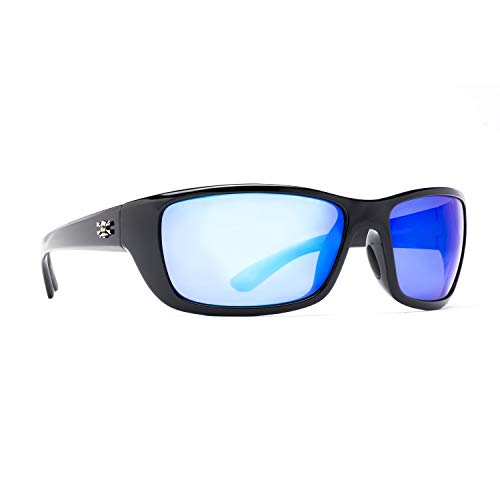
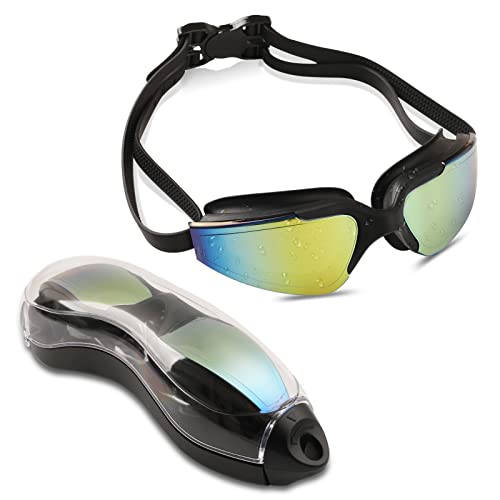
Step 1: Rinse with clean water
- Take your waterproof sunglasses and head to a source of clean water, such as a sink or a water fountain.
- Hold the sunglasses under the running water, making sure to thoroughly rinse both the front and back of the lenses.
- Gently rub the lenses with your fingertips to help remove any stubborn residue or impurities.
- Continue rinsing the sunglasses until you are confident that all saltwater or chlorine has been removed.
- Shake off any excess water and use a clean, lint-free cloth to pat the sunglasses dry.
- Avoid using any harsh chemicals or abrasive materials during this process, as they could cause damage to the lenses.
- Once the sunglasses are completely dry, they are ready to be stored or worn again.
By following this simple step of rinsing your waterproof sunglasses with clean water after exposure to saltwater or chlorine, you can ensure that your lenses stay in optimal condition and continue to provide clear vision.
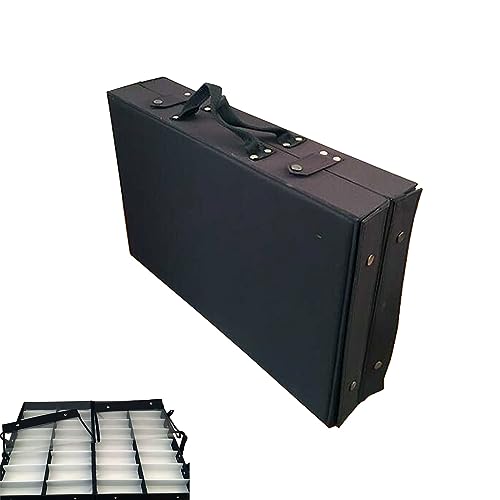


Step 2: Use a mild soap
If your lenses have stubborn stains or dirt that cannot be easily removed, it is recommended to use a small amount of mild soap. Start by applying the soap to your fingertips, and then gently rub the lenses in a circular motion to clean them thoroughly. Make sure to be gentle while applying pressure and avoid using harsh chemicals or abrasive materials that could potentially scratch the lenses. It is essential to remember that the soap should only be used for particularly tough stains, and a mild option is the best choice to prevent any damage to the lenses.



Step 3: Rinse again
After cleaning the lenses with soap, it is important to rinse them again with clean water. To do this, hold your sunglasses under a running faucet or submerge them in a bowl of clean water. Make sure the water is cool or lukewarm, as hot water can potentially damage the lenses or frames. Gently swirl the sunglasses in the water, ensuring that all soap residue is being washed away. Repeat this rinsing process a few times to ensure thorough cleansing of the lenses. Once you are satisfied that all the soap residue has been removed, shake off any excess water and pat the sunglasses dry with a clean, lint-free cloth or allow them to air dry naturally. By rinsing the lenses again, you are preventing any potential irritation to your eyes that can occur from leftover soap residue, ensuring a comfortable and safe wearing experience.



Step 4: Dry with a microfiber cloth
- Grab a clean, lint-free microfiber cloth.
- Avoid using paper towels or rough fabrics, as they can cause scratches on the lenses.
- Gently pat the lenses dry using the microfiber cloth.
- Ensure there are no water spots or moisture left behind on the lenses.
- Be thorough in drying all areas of the lenses to prevent any potential smudges or marks.
- Take your time and be gentle when drying to avoid any accidental damage to the lenses.
- Double-check the lenses to make sure they are completely dry before proceeding to the next step.

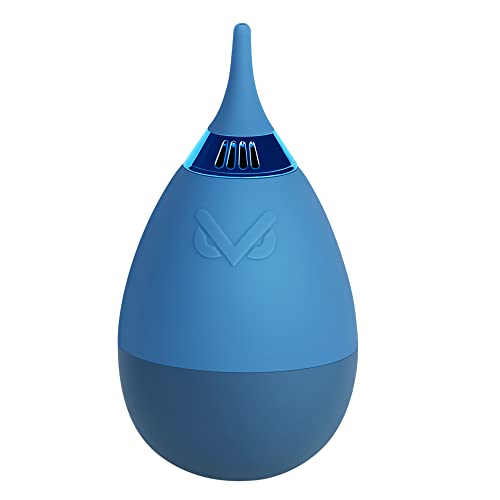

Step 5: Store in a protective case
When you’re not using your waterproof sunglasses, it is crucial to store them in a protective case to ensure their longevity. This step will help you avoid any potential damage or scratches to the lenses, keeping your sunglasses in excellent condition. Here’s what you need to do:
- Clean the case: Before storing your sunglasses, make sure the case itself is clean. Wipe the inside of the case with a soft, lint-free cloth to remove any dust, dirt, or debris that may be present.
- Ensure it is dry: It is essential to have a dry case to prevent moisture buildup. Ensure the case is completely dry before placing your sunglasses inside. This will help avoid any water damage or fogging that could occur if moisture is trapped inside the case.
- Insert the sunglasses: Gently place your waterproof sunglasses into the case, ensuring that both lenses face upwards and are protected from any potential contact that might cause scratches. Close the case securely to prevent your sunglasses from accidentally falling out.
By following these simple steps, you can maintain the quality of your waterproof sunglasses and protect them from any avoidable damage. Remember, a clean and dry protective case will go a long way in extending the lifespan of your sunglasses and giving you clear vision whenever you need them.


Step 6: Avoid excessive heat or pressure
To ensure the longevity of your waterproof sunglasses, it is crucial to shield them from excessive heat or pressure. When exposed to high temperatures, the lenses can warp or crack, rendering them ineffective. Therefore, it is highly recommended to never leave your sunglasses inside hot vehicles, especially during scorching summer days. Instead, take them with you or store them in a cool, shaded area.
Similarly, be cautious not to place heavy objects on top of your sunglasses, as this can exert unnecessary pressure and damage the lenses. For instance, avoid placing them under a stack of books or inside a tightly packed bag where they may be squeezed and bent. Always keep them in a dedicated sunglasses case or a safe place where they won’t be subjected to any crushing pressure.
By following these simple guidelines, you can ensure that your waterproof sunglasses remain in impeccable condition, allowing you to enjoy clear and crisp vision without any compromise.
Step 7: Regular maintenance
Step 7: Regular maintenance.
- Clean the lenses: After each use, it is essential to clean the lenses of your waterproof sunglasses. Use a mild soap or lens cleaner specifically designed for sunglasses. Avoid using harsh chemicals or abrasives that can damage the lens coating. Gently rinse the lenses with warm water to remove any debris or dirt particles. Use a soft, lint-free cloth or a microfiber cleaning cloth to dry the lenses. Avoid using paper towels or regular clothing as they can scratch the lens surface.
- Inspect for damages or scratches: Regularly inspect your waterproof sunglasses for any signs of damages or scratches. Examine both the lenses and the frame for cracks, chips, or loose parts. If you notice any issues, it is recommended to contact the manufacturer or take them to a professional for repair. Ignoring damages can compromise the effectiveness of the sunglasses and may lead to further problems.
- Replace worn-out parts: If you notice any worn-out parts on your waterproof sunglasses, such as loose screws, bent arms, or damaged nose pads, it is crucial to replace them promptly. Replaceable parts are often available from the manufacturer or authorized retailers. Ensure you refer to the sunglasses’ instruction manual or contact customer support for guidance on replacing specific parts.
By following these regular maintenance practices, you can extend the lifespan of your waterproof sunglasses and ensure optimal performance in protecting your eyes from water, UV rays, and other outdoor elements.
Final Thoughts
In conclusion, maintaining the lenses of your waterproof sunglasses is crucial for both your visual comfort and the longevity of your eyewear. By implementing the recommended care steps, you can enjoy clearer vision and protect your investment in high-quality sunglasses.
Necessary Equipment



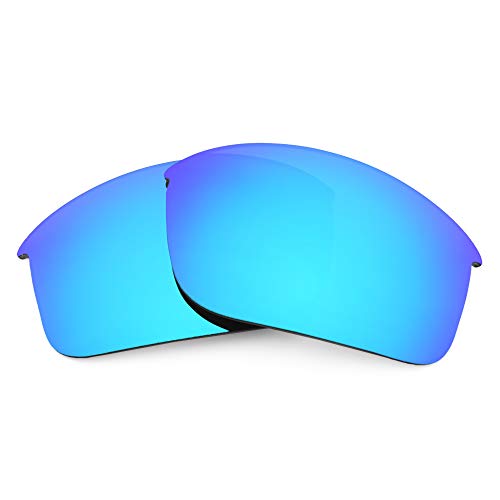


Maintenance tips
Effective Method for Eliminating Scratches on Eyeglasses and Sunglasses Lenses using Toothpaste
Instructions for Proper Usage
- Choose a high-quality pair of waterproof sunglasses: Look for sunglasses specifically designed for water activities, with features such as hydrophobic coating, wraparound frames, and polarized lenses
- Clean and dry the sunglasses before use: Use a mild soap or lens cleaner and a soft cloth to remove any dirt or smudges. Ensure that the sunglasses are completely dry before wearing them
- Adjust the fit: Make sure the sunglasses fit snugly but comfortably on your face. You can adjust the nose pads and temple arms as needed for a secure fit. This will prevent them from falling off during water activities
- Rinse with freshwater after use: After every use in saltwater, rinse your waterproof sunglasses with freshwater to remove any salt residue that may accumulate on the lenses. This will help maintain their clarity and prevent corrosion
- Store them properly: Keep your waterproof sunglasses in a protective case when not in use to prevent scratches or damage. Avoid leaving them under direct sunlight or in extreme temperatures
Frequently Asked Questions about Waterproof Sunglasses
How do waterproof sunglasses protect your eyes from water damage?
Waterproof sunglasses protect your eyes from water damage in several ways. Firstly, they are designed with a tight seal and wrap-around style that covers a larger area around your eyes, preventing water from entering from the sides or top of the sunglasses. This helps to keep your eyes dry and shields them from direct contact with water.
Secondly, waterproof sunglasses are coated with hydrophobic materials that repel water. This coating causes the water droplets to bead up and roll off the surface of the lenses, preventing them from obstructing your vision. It also minimizes water smears and streaks, ensuring clear visibility even in wet conditions.
In addition, the lenses of waterproof sunglasses often have built-in UV protection. This protection shields your eyes from harmful ultraviolet (UV) rays, which can cause various eye problems, including cataracts and photokeratitis. By blocking UV rays, these sunglasses help to reduce the risk of long-term damage to your eyes, even when exposed to water.
By combining a tight seal, water-repelling coating, and UV protection, waterproof sunglasses offer comprehensive eye protection from water damage. They allow you to enjoy various water activities, such as swimming, surfing, or boating, without the worry of water splashes or waves causing harm to your eyes.

